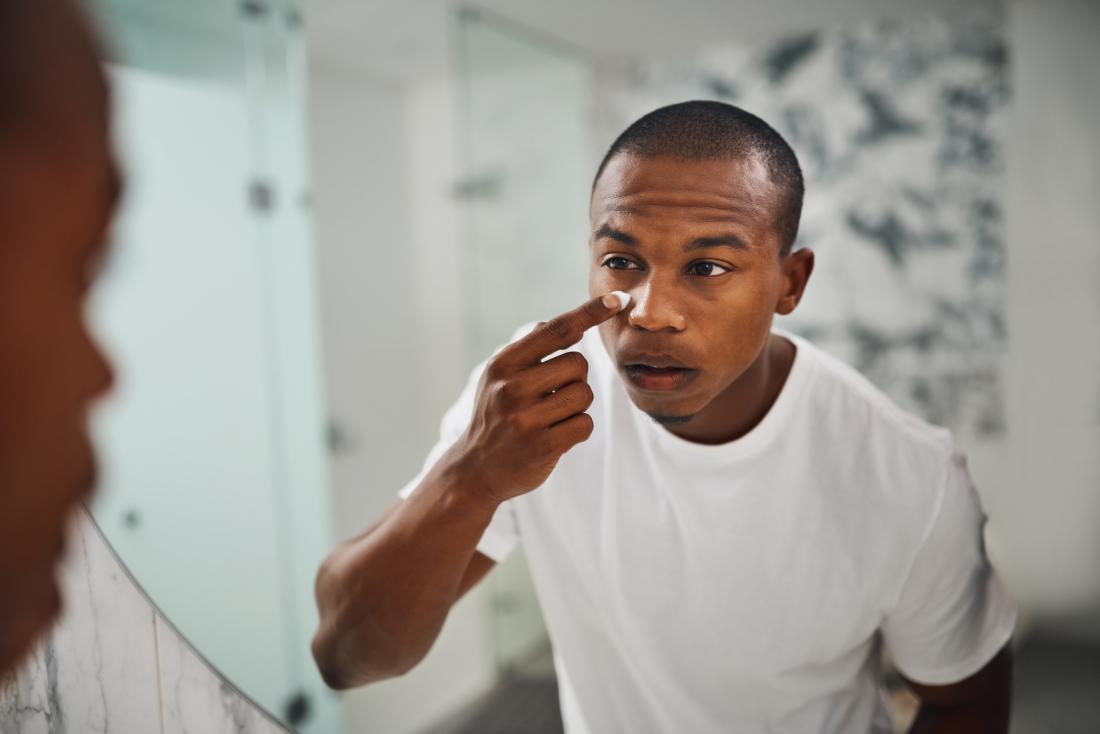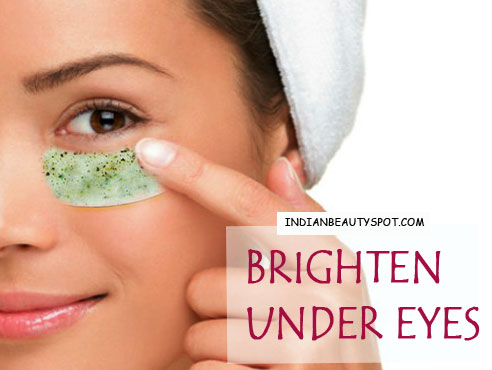
IJspeert JK, de Waard PW, van den Berg TJ, de Jong PT (1990) The intraocular straylight function in 129 healthy volunteers dependence on angle, age and pigmentation Vision Res. 82(4):688-92Ĭoren S, Porac C (1978) Iris pigmentation and visual-geometric illusions Perception 7(4):473-7.ĭain SJ, Cassimaty VT, Psarakis DT (2004) Differences in FM100-Hue test performance related to iris colour may be due to pupil size as well as presumed amounts of macular pigmentation Clin. So it seems to me that blue-eyed people should really go for dark-eyed partners – this way one can pick the paint colours, and the other can drive home at night.Ĭoppens JE, Franssen L, van den Berg TJ (2006) Wavelength dependence of intraocular straylight Exp. Here it seems that lighter eyes may provide some advantages. Thus it seems that people with darker eyes may have better vision in high-glare situations – perhaps this makes them better night drivers, for example.Įye colour may also affect your colour vision. sun or headlights) and to poor contrast discernment.

Light reflection (scatter) within the eye can cause susceptibility to glare (eg. The darker the eyes, the more light is absorbed as light waves pass through the eye, and the less light is available to reflect within the eye. Which eye colour you get is primarily determined from genetic variation based on the eye colour of your parents.īut does your eye colour influence how you see? Pale eyes such as blue, grey or green eyes contain little melanin, dark brown eyes more.

It mostly comes down to the amount and location of melanin (yes, the same substance which controls skin colour) in the human eye.

Thus it appears that, at least to some observers, eye colour is important.īut why do humans have different eye colours? Recent research shows that blue-eyed men prefer blue-eyed women.


 0 kommentar(er)
0 kommentar(er)
